Background:
Weather prediction plays a crucial role in mitigating the impact of severe weather events on various industries and communities. Current forecasting models often face challenges in accurately predicting wind speeds and identifying thunderstorm occurrences due to the dynamic and complex nature of atmospheric conditions.
Problem Description:
The existing weather prediction systems lack the precision needed for timely and reliable forecasts of wind speeds and thunderstorms. Traditional statistical models struggle to capture intricate spatial-temporal dependencies, while standalone AI models may lack interpretability and struggle with long-term trend prediction. There is a need for a hybrid system that effectively integrates the strengths of statistical and AI models, utilizing AI weather prediction to enhance the accuracy of weather forecasts.
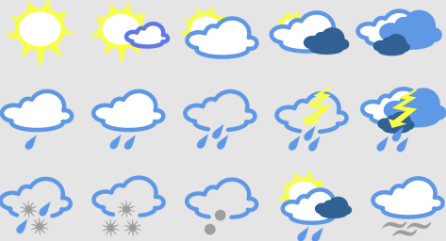
Key Challenges:
Complex Spatial-Temporal Relationships:
- Atmospheric conditions exhibit intricate spatial-temporal patterns that are challenging to capture with traditional statistical models alone.
Long-Term Trend Prediction:
- Current AI models may excel in capturing short-term patterns but may struggle with accurate long-term trend prediction, especially in the context of wind speeds and thunderstorms.
Interpretability and User Trust:
- The lack of interpretability in some AI models raises concerns among meteorologists and decision-makers, limiting the adoption of advanced forecasting techniques.
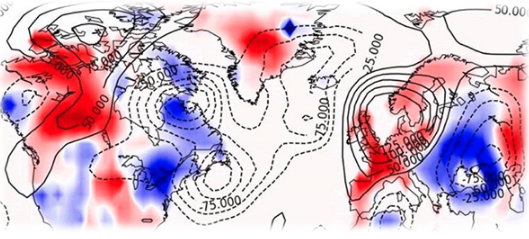
Project Solution Concept:
The project aims to combine the existing statistical prediction models (e.g., ARIMA, STL) and deep neural net models (e.g., RNN, LSTM, CNN). The resulting Ensemble models would result in more accurate prediction and reliable prediction of wind speeds and thunderstorm over a specific geographic region. The system seeks to enhance the precision of weather forecasting, aiding decision-making process and improving overall preparedness for severe weather events.

Objectives:
- To design and implement a hybrid model architecture that combines statistical models and AI models for weather prediction.
- To integrate historical weather data, satellite observations, radar data, and numerical weather prediction models into a cohesive dataset.
- To develop interpretable and dynamic models capable of capturing long-term trends, cyclic patterns, and complex spatial-temporal dependencies.
- To create a user-friendly interface providing real-time predictions, insights, and decision support tools for meteorologists and decision-makers.
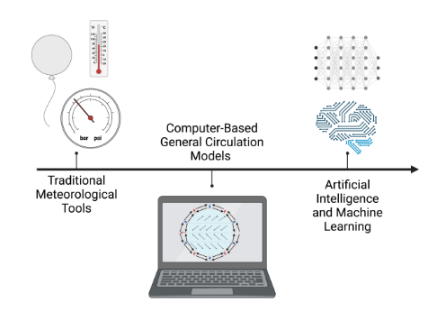
Key Technologies:
Statistical Models:
- ARIMA (Autoregressive Integrated Moving Average): For capturing long-term trends and cyclic patterns in wind speeds and thunderstorm occurrences.

- STL (Seasonal-Trend decomposition using LOESS): To decompose time series data and extract seasonal and trend components.
Machine Learning Models:
- Artificial Neural Networks (ANN): Specifically designed to capture non-linear relationships and intricate spatial-temporal dependencies in weather data.
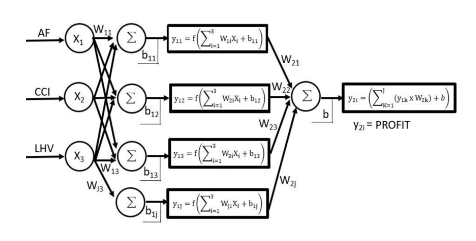
- Ensemble Learning (e.g., Stacking): Combining predictions from multiple models to improve overall forecasting accuracy.
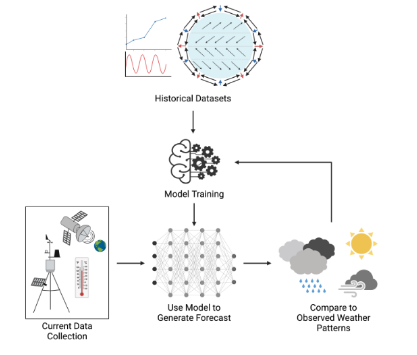
Data Integration and Processing:
- Big Data Technologies: Leveraging technologies like Apache Spark for efficient processing of large-scale weather datasets.
- Data Fusion Techniques: Integrating diverse data sources, including historical weather data, satellite observations, radar data, and numerical weather prediction models.
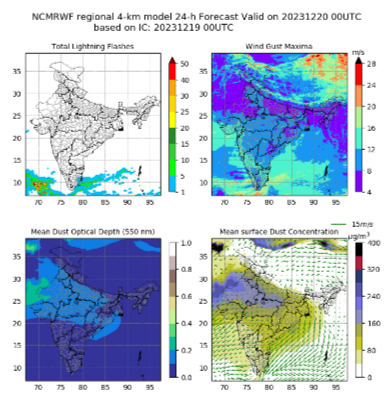
User Interface:
- Web-based Interface: Providing a user-friendly web application for meteorologists and decision-makers.
- Visualization Libraries (e.g., D3.js): Creating interactive and informative visualizations of predicted weather patterns.
Dynamic Model Updating:
- Incremental Learning: Allowing models to adapt to changing atmospheric conditions by updating them dynamically with the latest available data.
- Real-time Data Streaming: Integrating real-time observational data for continuous model improvement.
Key Product Features and Functionalities:
Hybrid Model Integration:
- Combining predictions from statistical models and AI models for more accurate and reliable weather forecasts.
Dynamic Adaptability:
- Continuous learning and updating of models to adapt to changing weather patterns and improve prediction accuracy over time.
Spatial-Temporal Analysis:
- Capturing complex spatial-temporal relationships in atmospheric conditions to provide a comprehensive understanding of weather patterns.
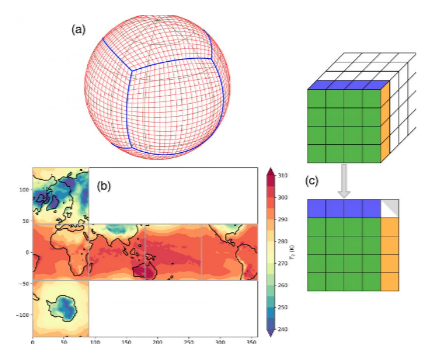
Interpretability:
- Providing insights into the models’ decision-making processes to enhance user trust and facilitate better interpretation by meteorologists.
Real-time Visualization:
- Interactive and real-time visualizations of predicted wind speeds, thunderstorm occurrences, and other relevant weather parameters through the web-based interface.
Decision Support Tools:
- Tools that assist meteorologists and decision-makers in making informed decisions based on weather predictions and potential impacts.
Historical Data Analysis:
- Analysing historical weather data to identify trends, anomalies, and patterns that contribute to improved long-term predictions.
Conclusion:
The proposed hybrid solution aims to bring together advanced statistical methods and AI techniques, supported by key technologies, to create a sophisticated weather prediction system. The combination of these elements is expected to result in a powerful tool for accurate and adaptive forecasting, ultimately enhancing preparedness and decision-making in the face of changing weather conditions.


